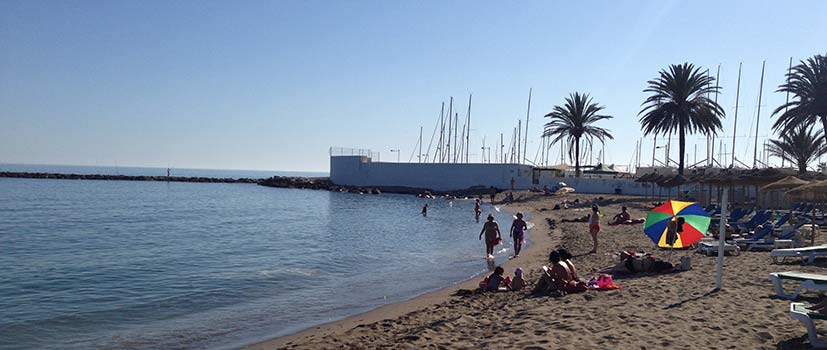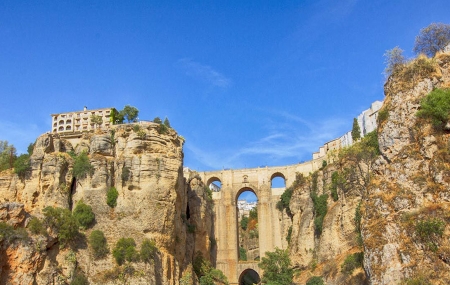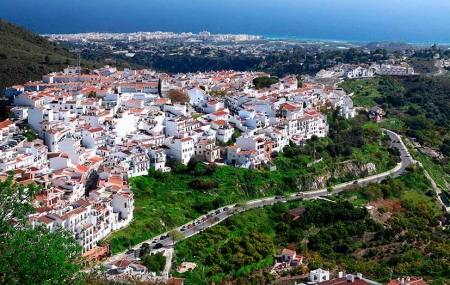Understanding Andalucia`s Legacy
The way of life in modern Andalucia is built on a rich historical legacy. When the Romans developed agriculture here to guarantee supplies of olive oil and wine to their overseas legions, two fundamental components of the Mediterranean diet were laid down for all time.
Olive trees now cover hillside after hillside in vast tracts of western Andalucia, the tough trees preventing the erosion that has made a desert out of dry Almeria in the east.
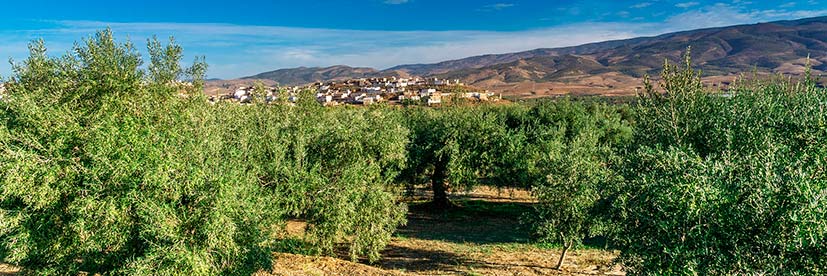
Rather than contrasts – Seville's flamboyant to Granada's sobriety – it is the relaxed temperament that Andalucians have in common that marks them out. The older country folk of these predominantly rural lands may bear a long-suffering wistfulness, not bereft of a certain sparkle in the eye. It's not unusual to find a common generosity in spite of, or because of, a history of hardship and suffering. This is the land of Picasso and also of Lorca. If the spirit of fiesta lies at their heart, so do the tragic rhythms of flamenco.
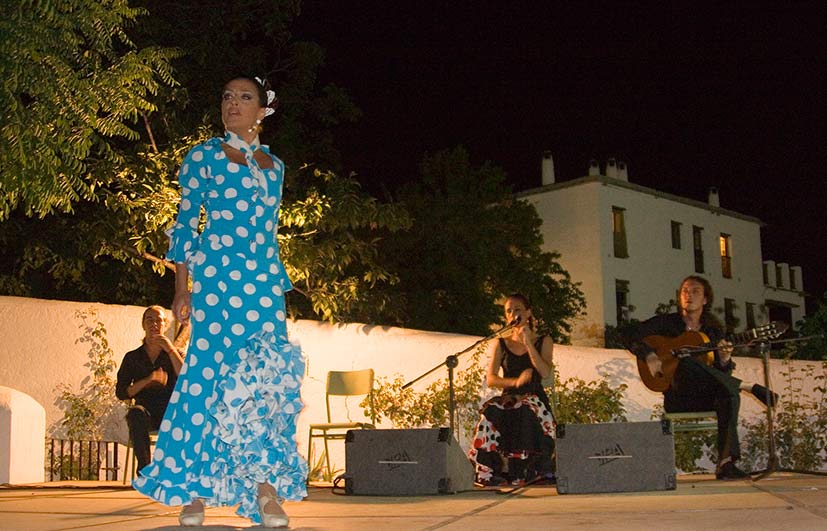
Southern Spain wasn't always a poor land. The Moorish occupation, lasting from 711 AD to 1492 brought with it a wealth of culture in mathematics, poetry, astronomy, medicine, philosophy, architecture and music, including the reintroduction of works of the ancient Greeks in translation, long lost to Europe in the Dark Ages.
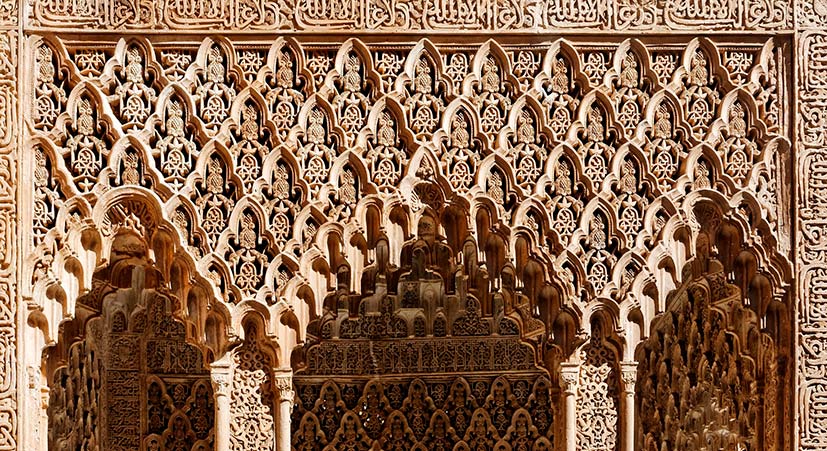
Al-Andalus created centres of learning and sophistication unrivalled anywhere in Europe. The capital of the Moors at Cordoba had streetlighting, paved streets and sewerage drains, hammam baths, libraries, musical and artistic excellence, not to mention toothpaste and deodorant, at a time when London was little more than a town of mud huts.

When you visit the astonishing palaces of the Alhambra in Granada, the Great Mosque of Cordoba or the Giralda Tower in Seville, you are seeing the enduring manifestations of this enlightened culture.
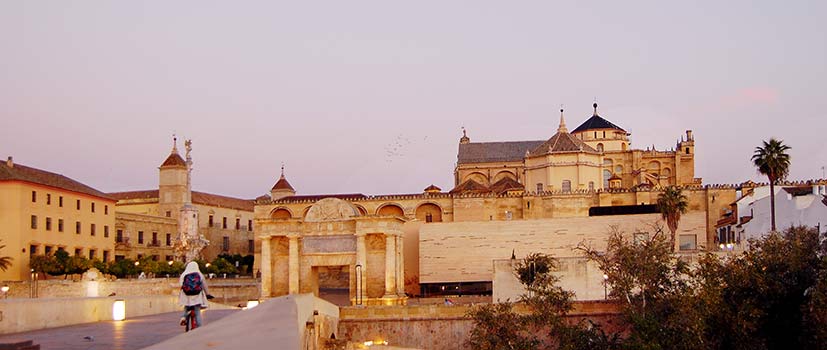
Moorish rule ended with the fall of Granada in 1492, after which the Christian kings and queens of a united Spain went about changing the architectural and mental landscape of what would become Andalucia according their own worldview.
Mosque minarets were converted to church towers and the last of the Moors took refuge in the high mountain villages of Las Alpujarra, where the curiously flat-roofed houses are clearly based on Berber equivalents in Morocco. Catholicism became rooted in Andalucian consciousness where it remains to this day. Easter processions, with their pomp and multitudes, are momentous ritual expressions of the faith that the visitor is will experience whether in city or village, anywhere from Cadiz to Almeria.
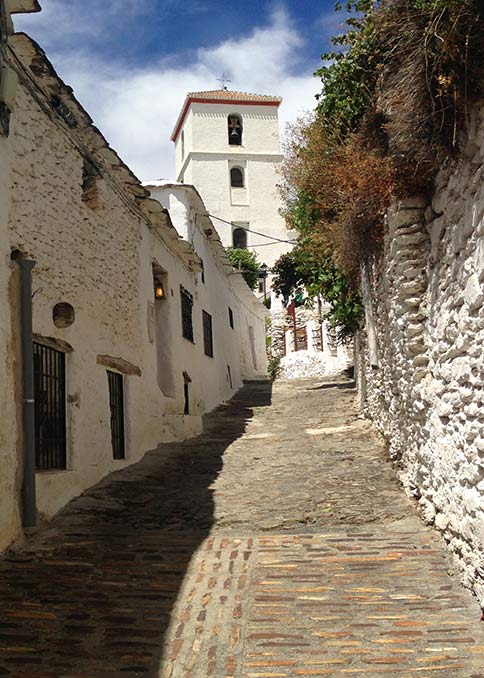
Moslem and Jewish influences are still excitingly felt in the art of flamenco in the music and dance that Andalusia's gypsy population has made their own. If Andalucia today is about sun and warmth, it is also about this kind of passion and spontaneity.
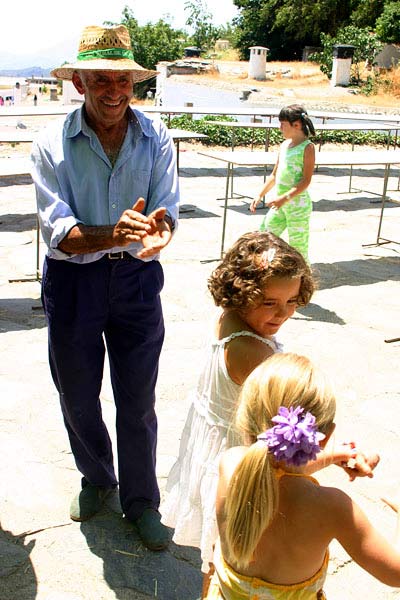
It's also a more practical and comfortable place to stay. Recent years have seen long overdue modernization with a much improved road network and facilities in general. Even little hamlets are likely to have a café-bar with WiFi.

Modern Andalucia is well-known even within Spain for its easy-going, sun-filled lifestyle. Olive oil production is a major industry, but it’s holiday tourism that keeps the region alive.
It all started back in the 1960s, when quiet little fishing villages such as Torremolinos and Marbella were discovered by a handful of Europeans. They are now unrecognizable, of course. The make-up of the coastal population has been transformed, too, with a large community of retired or semi-retired Northern Europeans having it made it their home, especially the British and Germans.
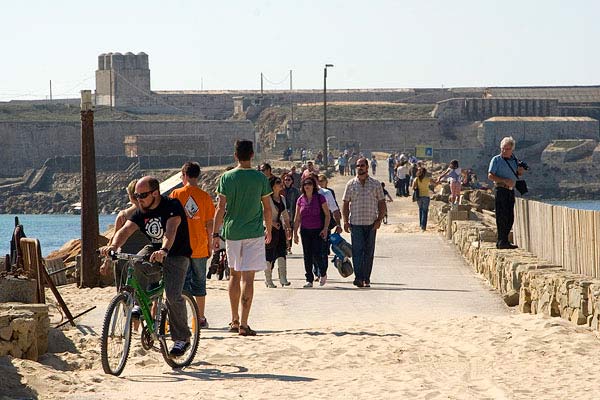
Unwise over-development at the coastal resorts have brought some of them to saturation point, and more and more holidaymakers now look inland in search of privacy, and holidays with a more natural feel.
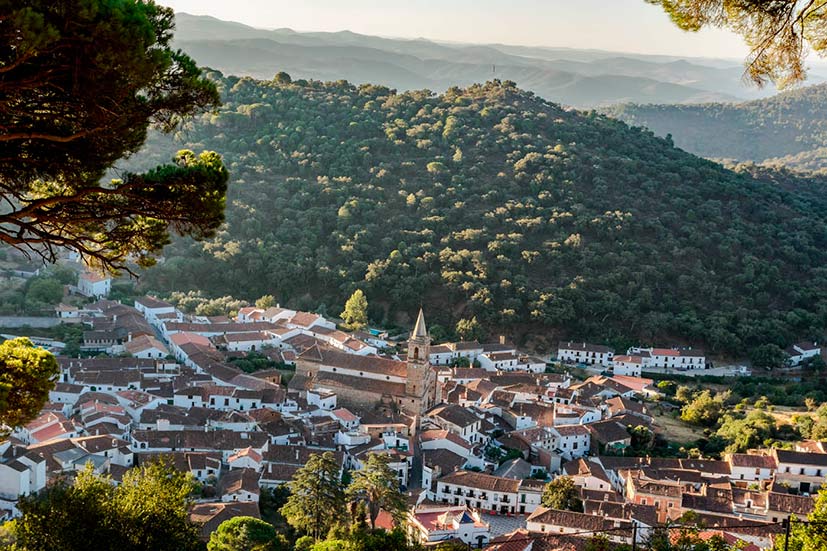
You don't have to look far. Nearly one fifth of Andalucia's massive territory is made up of protected reserves and mountainous Natural Parks, where rural tourism fits in with environmental planning to provide a truly satisfying experience.
And the beaches are as sandy as always, the sun shines, waiters are ready to serve refreshment on café-bar terraces. Andalucia remains everybody's favourite.
